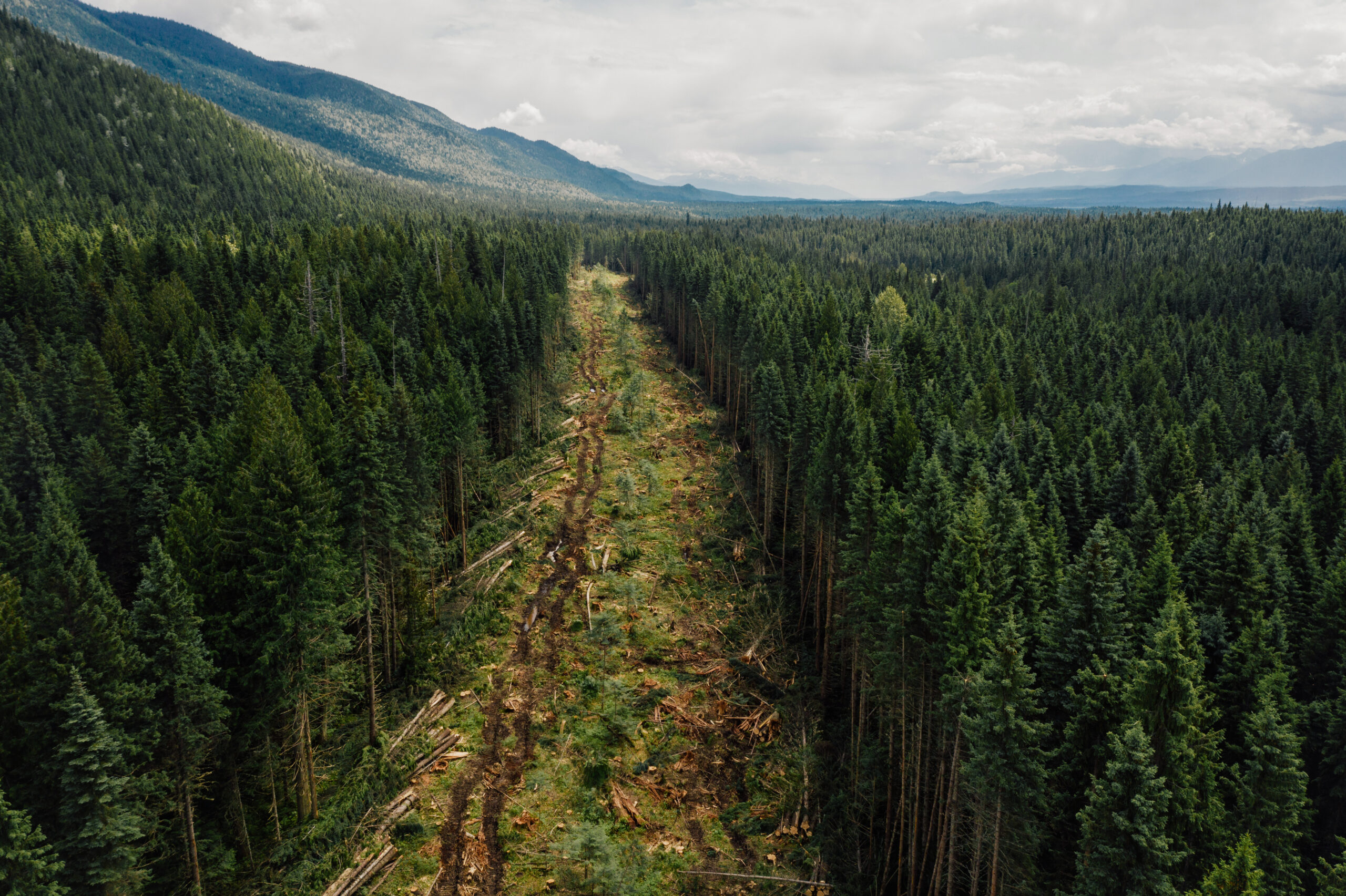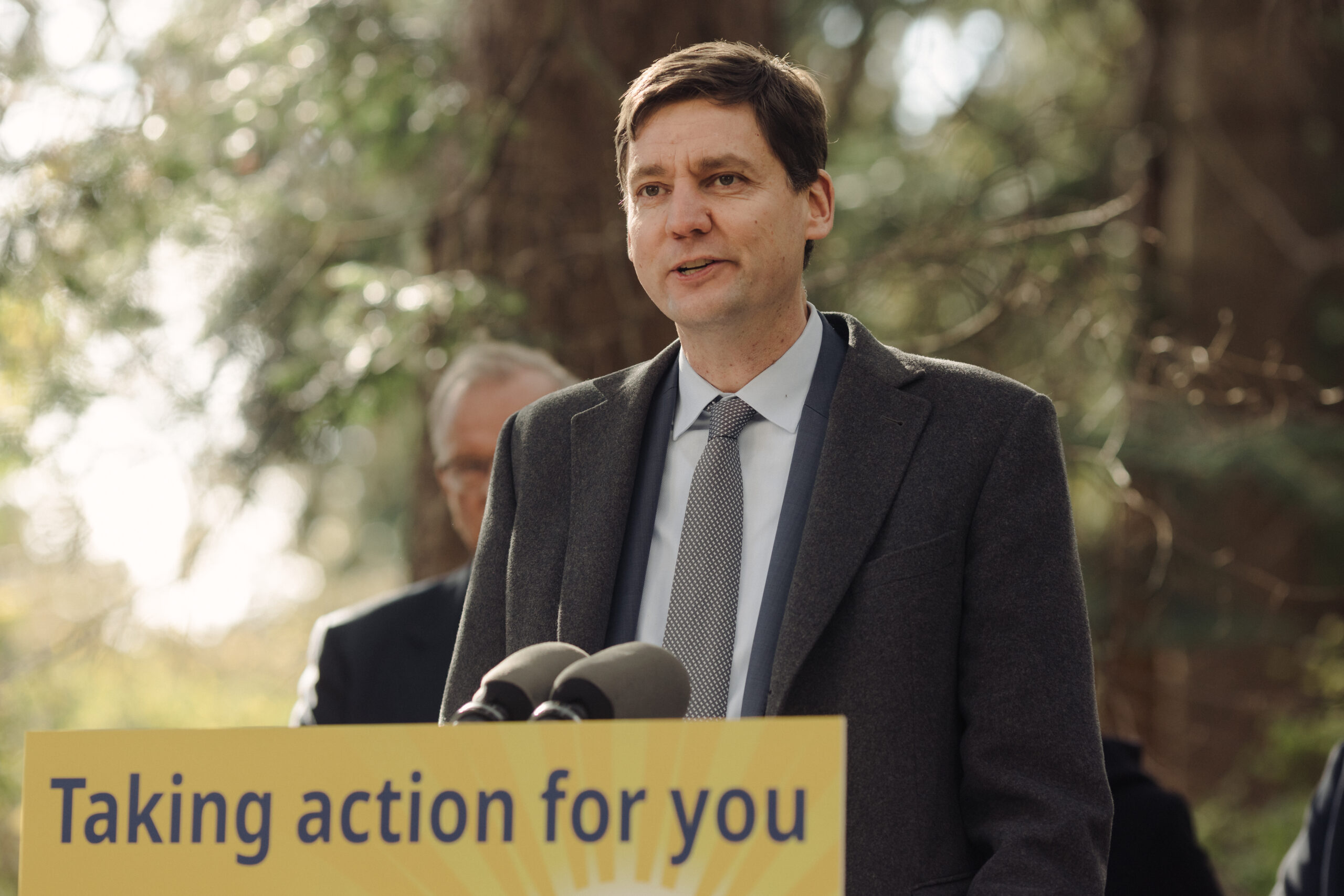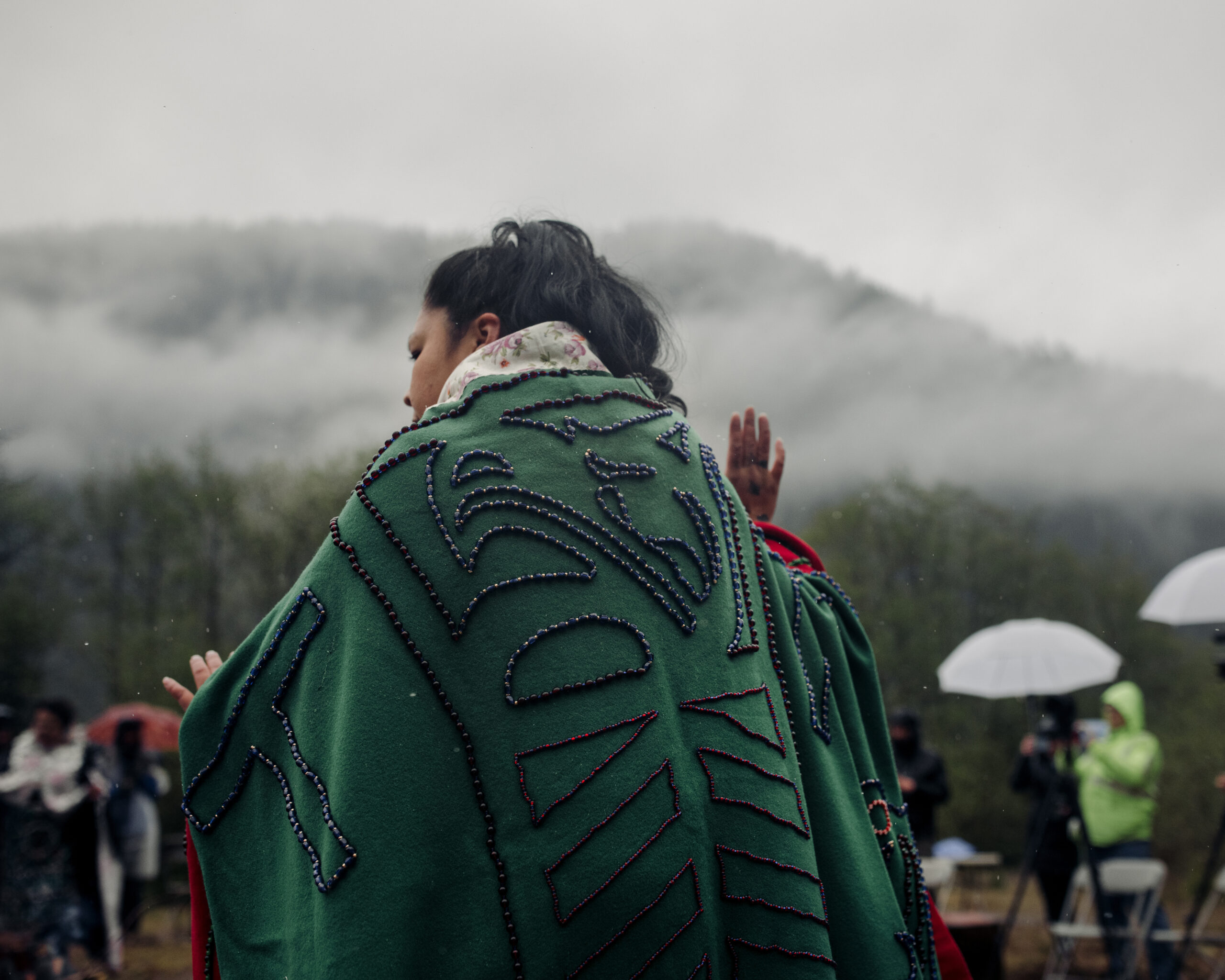
Celebrating 7 years of The Narwhal — and gearing up for the next 7
Between a fresh take on engagement and our new life on video, our team is...
It’s been an extraordinary month for nature protection in British Columbia. A slew of unprecedented funding and legislative announcements have come in almost too fast to keep up with. Taken together, they underscore a sea change in the stewardship of Canada’s most biodiverse province. This marks a historic turning point for B.C., and a potential road map for the rest of Canada — one that was unimaginable when Premier David Eby first took office under the cloud of an ugly tussle with the environmental movement just one year ago.
The changes are so vast that “nature protection” fails to capture the magnitude of events. What’s happening before our eyes is a whole-of-society restructuring. Think of it as a personal makeover for a region twice the size of France, trying to recover from the hangover of 150 years of colonial plunder.
Garry Merkel, the Tahltan co-author of the Old Growth Strategic Review, described this to me in January as the creation of a “governance superstructure.” The goal is to integrate a system of governance that already exists — the provincial government — with a collective First Nations body being created in the wake of the Declaration on the Rights Of Indigenous Peoples’ Act. Those two bodies will have joint decision-making power over resource extraction throughout the province, in consultation with local communities and individual First Nations.

Crucially, those decisions will be guided by ecosystem-based management — the “paradigm shift” that Merkel and others have urged for years, whereby policymakers prioritize ecosystem health over industry profit. That’s a feat very few jurisdictions on Earth have managed to pull off.
To be clear, B.C. hasn’t pulled it off yet either. But a lot more than words are on the table now. Back in January, Merkel could only promise that big things were coming. Now some of those big things have arrived, and the contours of B.C.’s superstructure are finally coming into view.
So what’s actually happened?
On Oct. 26, Premier Eby unveiled a $300-million conservation-financing fund for old-growth protection, to be administered by First Nations. Indigenous-led conservation financing had been a core demand of First Nations and environmental groups for years, and they were quick to celebrate the news. “This is a big deal,” Ken Wu, executive director of the Endangered Ecosystems Alliance, told The Narwhal at the time. “It’s the money that’s needed.”
Another $700-million announcement was made one week later. On Nov. 3, federal Minister of Environment and Climate Change Steven Guilbeault announced a tripartite “nature agreement,” signed between the federal and provincial governments and the First Nations Leadership Council of B.C. As with the conservation-financing fund, Indigenous-led conservation is at the heart of this agreement. An overarching goal is to fulfill the province’s 2022 commitment to protect 30 per cent of British Columbia by 2030.
Then on Nov. 15, the province released a draft of its long-awaited Biodiversity and Ecosystem Health Framework. This is far more significant than the wonky title may suggest. The framework contains the seeds of legislation that will give teeth to the ambiguous goal of protecting biodiversity articulated in previous agreements. It’s open to public consultation until Jan. 15, 2024; after that the government has promised to codify the framework’s recommendations into law. Victoria Watson, a lawyer and law reform specialist with Ecojustice, said it marked “the B.C. government’s first concrete step towards legally enshrining the prioritization of biodiversity and ecosystem health over industry interests.”

First step remains the critical caveat. Industry lobbyists still have plenty of time to blunt the teeth of any coming legislation, or to carve out precious exemptions from soon-to-be-protected areas. Old-growth is still being logged at this moment; the ongoing construction of the Site C dam and Trans Mountain pipeline expansion continue to wreak environmental havoc and the Coastal GasLink pipeline promises to lock in decades of fracking in the province.
“We’ve been on this ride with government before,” cautioned Charlotte Dawe from the Wilderness Committee on Nov. 15. “We know logging and mining companies will again be lobbying hard to protect the status quo.” Echoing her counterparts at Ecojustice, Sierra Club and other environmental groups, Dawe urged the public to stay vigilant and ensure the government follows through with its promise to “truly put biodiversity ahead of corporate interests.”
But these particular corporate interests aren’t ponying up the way they used to, and no one knows it better than the government. As tech, services and real estate have come to dominate our economy, revenue from resource extraction has shrunk to a mere fraction of the province’s total income, roughly six per cent in 2022.
Zoom in on forestry, which built this province more than any other industry and now stands to be most affected by the nature agreements. This year, provincial revenue from forestry is expected to be around $850 million, roughly one per cent of the $77 billion B.C. will take in. That’s down from the $1 billion forestry earned us 15 years ago, back when our total revenue was just $39 billion. The picture’s just as bleak in terms of jobs: up until 2000, forestry employed about 100,000 of B.C.’s four million residents; today that’s almost down to 40,000 jobs in a population that’s surged past five million.
Those trends help explain how and why the B.C. NDP is finally starting to square one of the world’s most stubborn circles, which pits two progressive values against each other: how do you protect workers (as a labour party must) and the environment, in a society whose jobs have historically been dominated by resource extraction? Answer: you wait until the most valuable resources (that is, ancient trees) are gone. Then, you start making bold announcements about a paradigm shift.
But there’s another, less cynical piece of this picture, one that’s central to the project B.C. is now embarking on. That’s the Declaration on the Rights of Indigenous People’s Act, which B.C. became the first jurisdiction in Canada to sign into law in 2019.
A statistic you come across often in environmental circles is that 80 per cent of the world’s biodiversity exists in territories owned, occupied or used by Indigenous Peoples. In B.C., which is almost entirely unceded, that’s an understatement. Now B.C. is showing the world what it means to act on that knowledge in legal and economic terms, first through the Declaration on the Rights of Indigenous People’s Act and then the nature agreements which build on that legislation.
Remember, once the Biodiversity and Ecosystem Health Framework is finalized — in direct collaboration with First Nations — the province has charged itself with writing new legislation that will actually enforce the protection of biodiversity and ecosystem health over corporate profits. Wu has described this as flipping the old model upside down: whereas it used to be government aimed to minimize the impact of conservation targets on industry (say, by protecting mountaintops no loggers were looking at anyway), going forward the government will strive to minimize the impact of industry on conservation targets.

This coming legislation was among the recommendations of the Old Growth Strategic Review, which made clear that noble ideals like “managing for ecosystem health” are useless without laws to back them up. In laying out what that legislation should look like, the Strategic Review’s authors explicitly named the Declaration on the Rights of Indigenous People’s Act as a model construct.
Everything now depends on what, exactly, the province does next. Will it place immediate protections on endangered ecosystems and species while the new legislation is being mulled, and the money is slowly deployed? How far will that new legislation really go to protect biodiversity over industry profits? Will the negotiated demands of First Nations be met in good faith? What kinds of loopholes will be left?
Those are critical questions to bear in mind. But no less critical is the national context in which the news of these past weeks has taken place. A new brand of right-wing conservatism, disdainful of environmental protection, is sweeping Canada. Alberta, Saskatchewan and Ontario are already within its grip, with Pierre Poilievre’s Conservatives poised to take over federal governance in the next election. It is impossible to imagine B.C. signing anything like the nature agreement with a Conservative government.
In light of those developments, we should pause to acknowledge and celebrate the moves that B.C.’s NDP is making. Not just to be nice, but to show them — and the rest of Canada — that these kinds of deals can win elections, too.
Get the inside scoop on The Narwhal’s environment and climate reporting by signing up for our free newsletter. On a warm September evening nearly 15...
Continue reading
Between a fresh take on engagement and our new life on video, our team is...

The public has a few days left to comment on Doug Ford’s omnibus development bill....

115 billion litres, 70 years to fix, $5.5 billion in lawsuits
